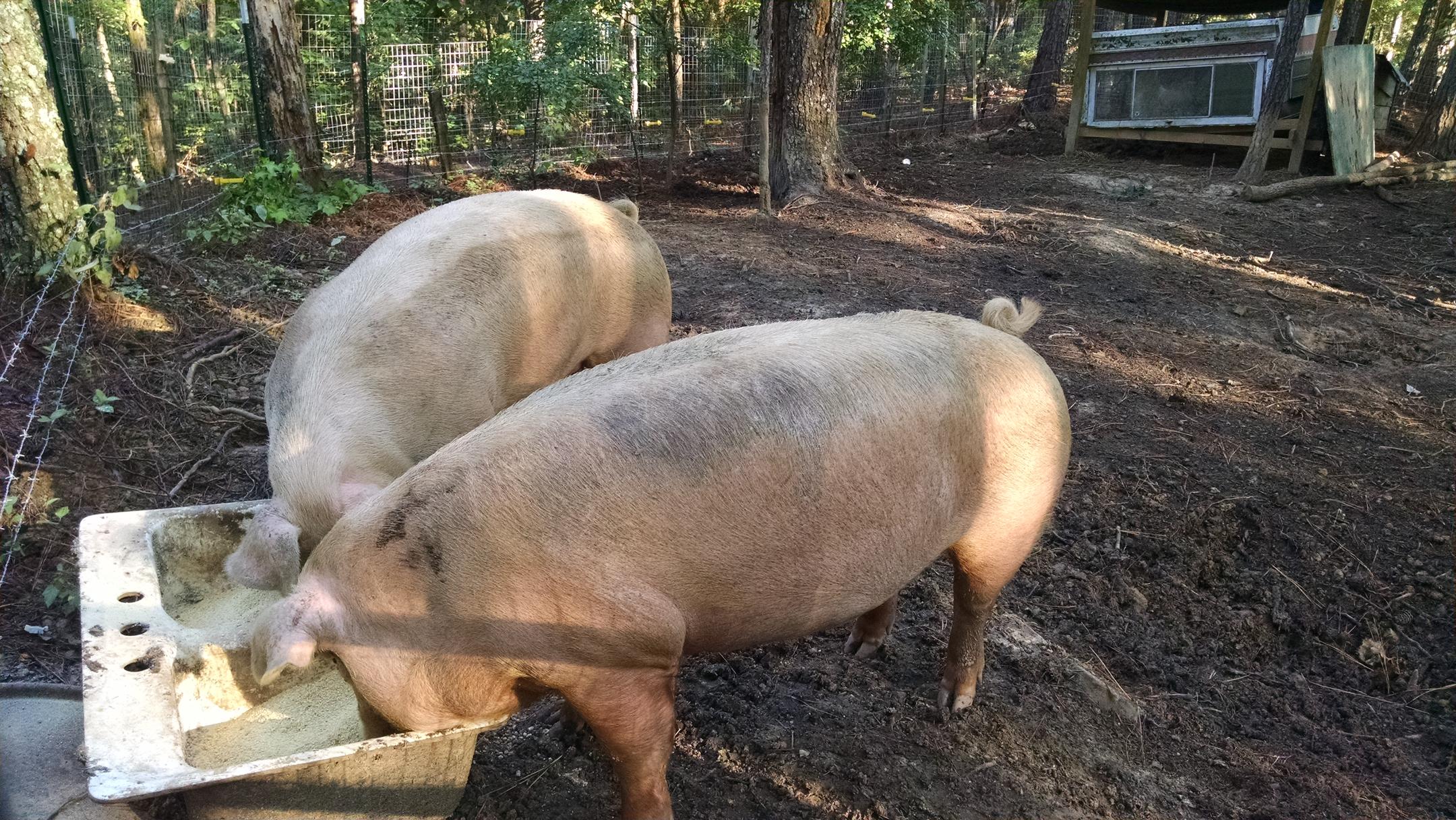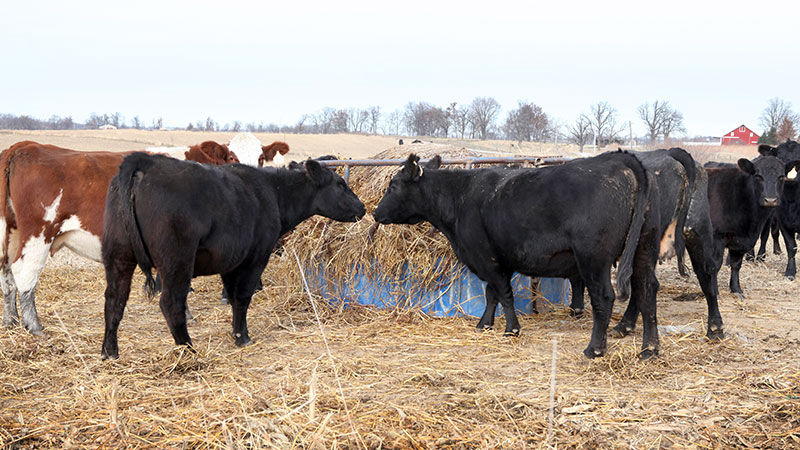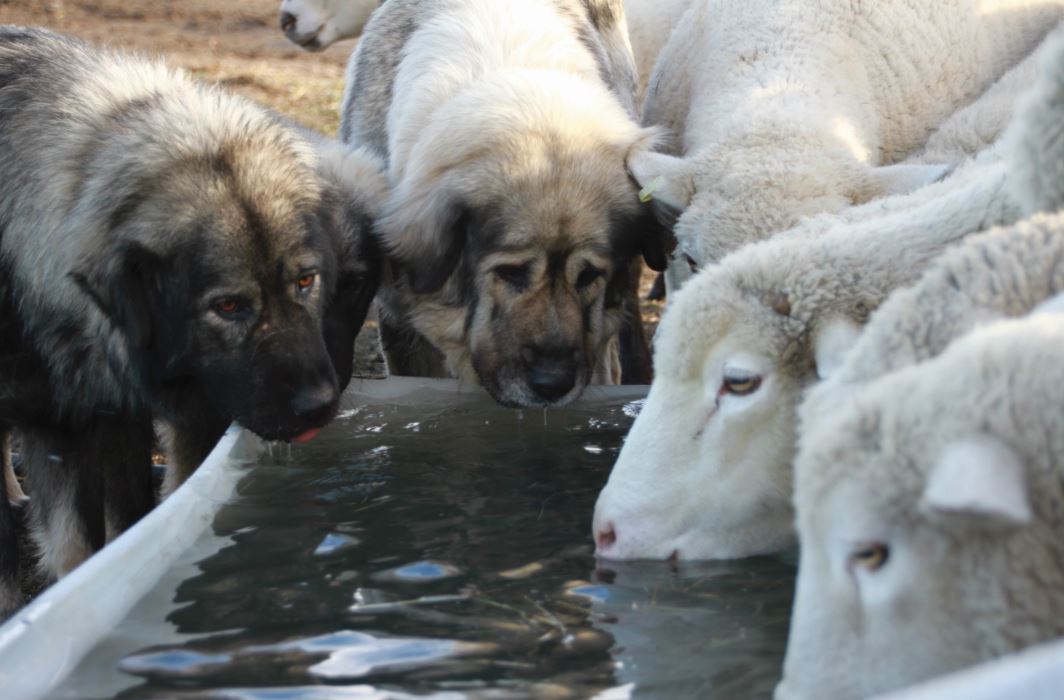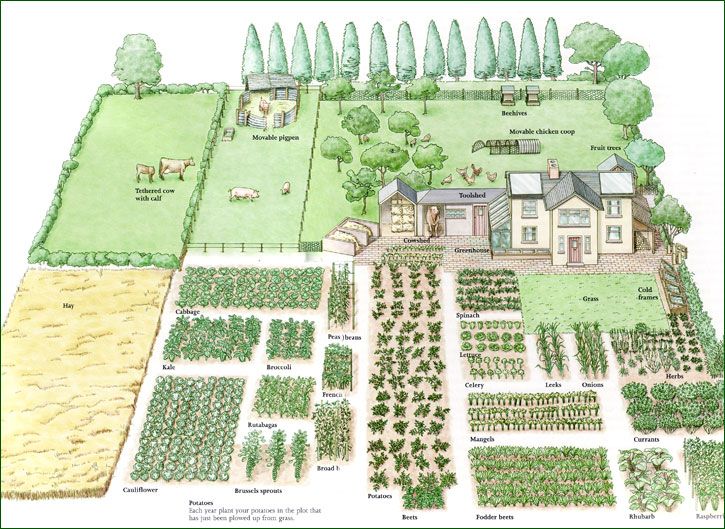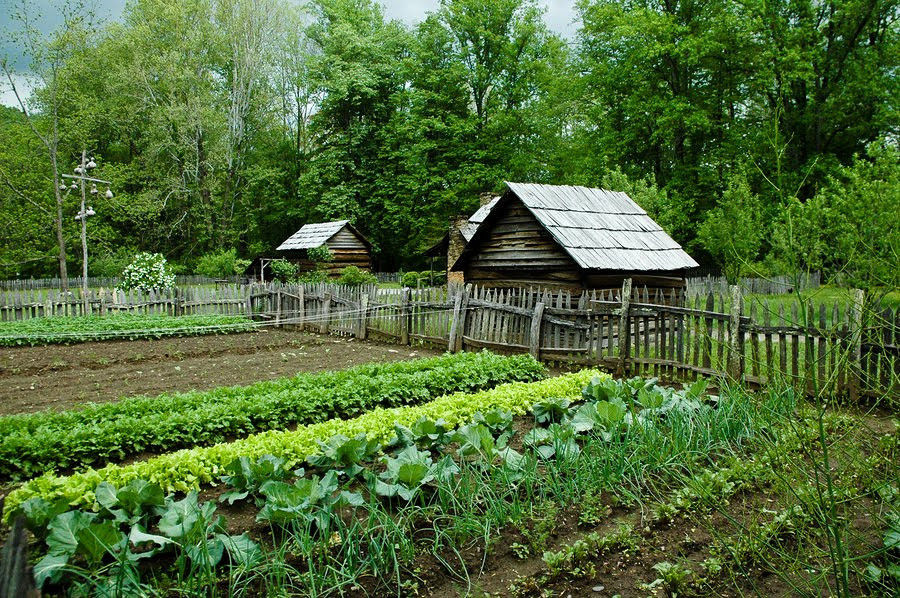From Piglets to Bacon- Part 4, by Animal House
I’m a grandmother who has raised her own small livestock and grown two female piglets into full grown hogs. This is my story. In the first three parts of this series, I have told how I began raising pigs, the selection process I went through, preparing their pen and securing them, growing them, and my plan for butchering them. The process didn’t go exactly as expected, and I’m in the midst of telling you what actually ended up happening and what I learned along the way. Butchering (continued) Butchering is something I have never done so I was flying blind. …

